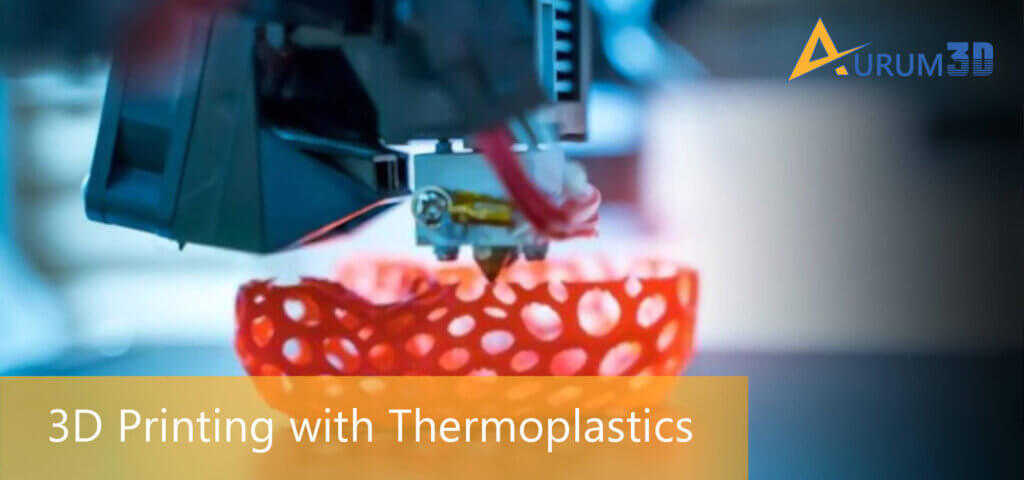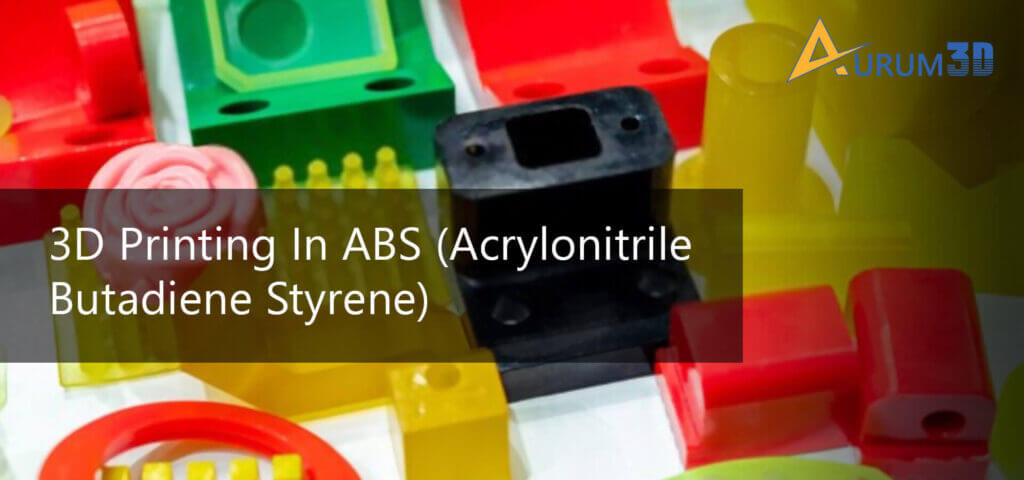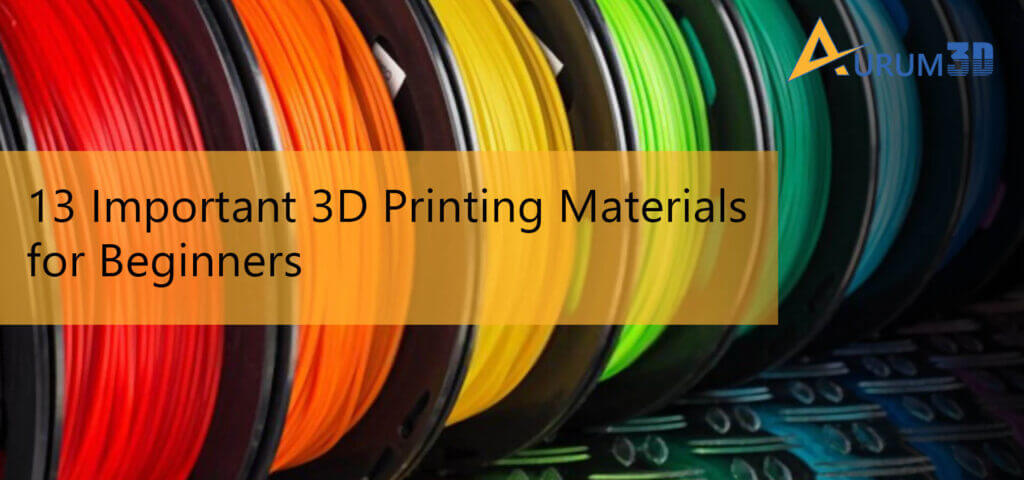3D Printing Materials
3D PRINTING MATERIALS
Apart from usage of advanced 3D manufacturing technology for the 3D printing to evolve, the mainstay that stands as foundation to build 3D structures upshot, the knowledge of Material engineering is utmost important.
3D PRINTING MATERIALS
Apart from usage of advanced 3D manufacturing technology for the 3D printing to evolve, the mainstay that stands as foundation to build 3D structures upshot, the knowledge of Material engineering is utmost important.
The consumption of 3D printing materials has evolved gradually from plastics to intricate materials like ceramic, complex polymers, titanium etc.,The most widely used 3D printing material is standard PLA and ABS (Polyactide and Acrylonitrile butadiene styrene) followed by polyamide and standard resins.These days,powdered materials are also used to construct products.
The different types of materials used in 3D printing are:
This is the most widely used material for 3D printing because it is convenient to use, easy to liquefy and solidify at moderate temperatures, foolproof and cost friendly.
The two most common 3D printable plastics are ABS and PLA.
- ABS (Acrylonitrile Butadiene Styrene):
ABS is rigid, durable that is produced from petroleum. It is less brittle and granular compared to other plastics such as PLA.It demands higher extruder temperature. It is available cheap. It is unrecyclable and therefore not eco-friendly.
PLA is biodegradable plastic material made from renewable natural sources such as cornstarch,tapioca roots etc .It is environment-friendly and recyclable.
Thermoplastic elastomers has similar printability as of ABS and PLA but with more pliability.The filament is crystalline, light-weight, rigid and resilient .This material is mostly used in medical appliances, household supplies, electronic devices parts, automotives etc.,
Polyamide is durable, flexible, bio-stable plastic material. It is stronger compared to ABS and PLA.
This is similar to PLA. It can be printed 175 degree Celsius and 250 degree Celsius.The final object resembles wood and can be painted and designed accordingly.
Porcelain ceramic is distinctive in its character. Generally porcelain is printed with ceramic powder using selective laser printing (SLS) technique.It is recyclable and shock-resistant.
Resin is usually liquid material.SLA and Digital light processing (DLP) uses resin.Resin is generally used to create intricate structures that need detailing and accuracy with smooth finish.
- COPPER,STEEL and ALUMUNIUM FILAMENTS
Copper filaments are printed with desktop 3D printers. It is heavier in weight.
Steel filaments are printed by depositing liquid binders onto steel powder and then filled with bronze. Steel filaments are mostly used for heavy functional parts , large components, jewellery. They are heat-resistant.
Alumunium filaments are printed by depositing alumunium powder using selective laser printing. These are mostly used for mobile gadgets, sports apparatus etc.,
,The most widely used 3D printing material is standard PLA and ABS (Polyactide and Acrylonitrile butadiene styrene) followed by polyamide and standard resins.These days,powdered materials are also used to construct products.
The different types of materials used in 3D printing are:
This is the most widely used material for 3D printing because it is convenient to use, easy to liquefy and solidify at moderate temperatures, foolproof and cost friendly.
The two most common 3D printable plastics are ABS and PLA.
- ABS (Acrylonitrile Butadiene Styrene):
ABS is rigid, durable that is produced from petroleum. It is less brittle and granular compared to other plastics such as PLA.It demands higher extruder temperature. It is available cheap. It is unrecyclable and therefore not eco-friendly.
PLA is biodegradable plastic material made from renewable natural sources such as cornstarch,tapioca roots etc .It is environment-friendly and recyclable.
Thermoplastic elastomers has similar printability as of ABS and PLA but with more pliability.The filament is crystalline, light-weight, rigid and resilient .This material is mostly used in medical appliances, household supplies, electronic devices parts, automotives etc.,
Polyamide is durable, flexible, bio-stable plastic material. It is stronger compared to ABS and PLA.
This is similar to PLA. It can be printed 175 degree Celsius and 250 degree Celsius.The final object resembles wood and can be painted and designed accordingly.
Porcelain ceramic is distinctive in its character. Generally porcelain is printed with ceramic powder using selective laser printing (SLS) technique.It is recyclable and shock-resistant.
Resin is usually liquid material.SLA and Digital light processing (DLP) uses resin.Resin is generally used to create intricate structures that need detailing and accuracy with smooth finish.
- COPPER,STEEL and ALUMUNIUM FILAMENTS
Copper filaments are printed with desktop 3D printers. It is heavier in weight.
Steel filaments are printed by depositing liquid binders onto steel powder and then filled with bronze. Steel filaments are mostly used for heavy functional parts , large components, jewellery. They are heat-resistant.
Alumunium filaments are printed by depositing alumunium powder using selective laser printing. These are mostly used for mobile gadgets, sports apparatus etc.,



